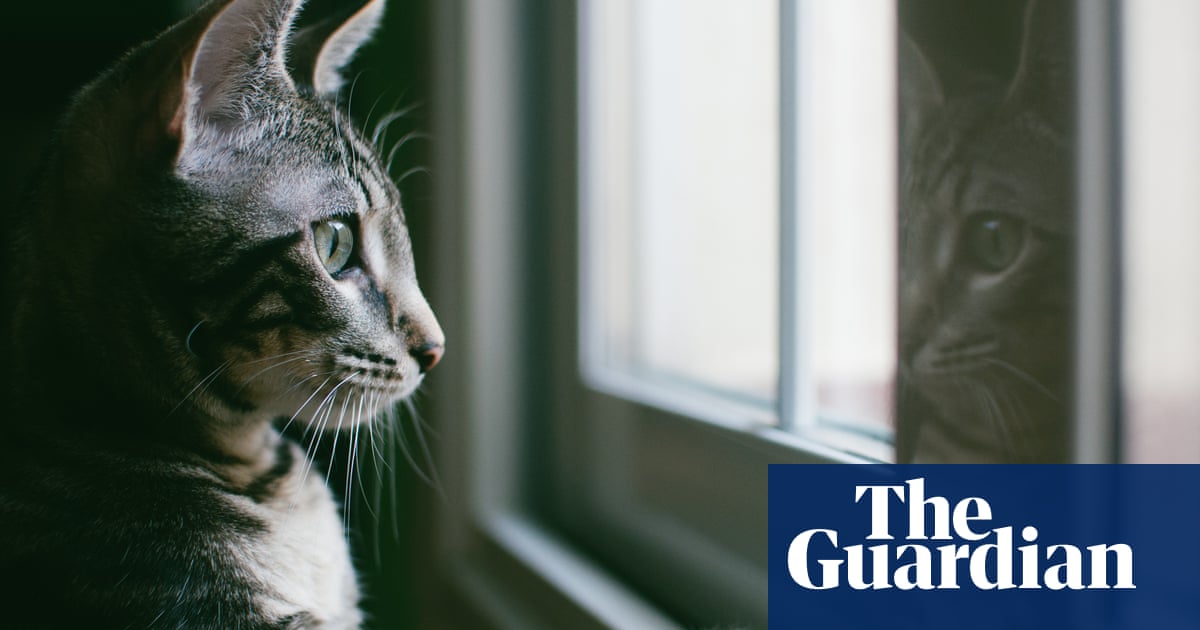
t looked like a fairytale, the wedding of Charles and Diana. It’s an old myth: a girl marries a prince and becomes a princess, but as with all good fairytales, there is a dark understory. At its centre is a shy, kind young woman, who must, for some reason, be a virgin – everyone is fixated on this point. Once married, the palace becomes a prison, and she suffers horribly. Along the way there are betrayals, attempts at suicide. Eventually she escapes, only to have her freedom curtailed by her premature death. The people mourn as they have never mourned before.
This story is powerful, and as a result it is continually revisited. Certain newspapers remain fixated on the princess, and new twists and leads are constantly emerging, the latest being that she may have been coerced into the infamous BBC interview with Martin Bashir through the use of falsified documents. We see her fictionalised, too, this time by Emma Corrin in Netflix drama The Crown; and it is fiction, though Diana’s brother feels he has to remind people of that fact, because so much of this story, which people treated as a soap opera long before it became one, involves bias and conjecture. Yet Corrin has nevertheless captured something of the young Diana – her sensitivity and her loneliness, which feels real to people, and has fostered even more empathy for her unhappy life as a royal.
The story is now being discovered by a new generation, who were either children when Diana died, and didn’t fully understand then why their mums were crying, or had not yet been born. The podcast, You’re Wrong About, which aims to revisit past stories that were not fully or correctly reported at the time, has just dedicated a series to her. Even for someone familiar with what happened the details will be shocking, while the attempts of these American journalists to get their heads around the mores of the British aristocracy make for amusing listening. They’re trying to understand what a Sloane Ranger is, are horrified that a man should have dinner separately from his children (“Just have dinner with your kids!” one of them cries). They’ll say things along the lines of, “She was dating the Duke of Westminster, whatever that is”, all of which serves to shed light on our bizarre state as royal subjects, a state that even we fierce abolitionists sometimes forget is entirely based on, excuse my language, absolute horseshit.
“I was not unbalanced,” Princess Diana once famously told former Royal correspondent Jennie Bond. “The trouble was I was too sane for my environment.” And that’s the crux of the monarchy, really: the whole thing is unhinged, and now younger people are discovering for the first time how unhinged it is, through the story of what looks to them like essentially a virgin sacrifice. There were, of course, feminists at the time who thought this. There were badges which read, “Don’t do it, Di!”. When she died, there were millions of women (not to mention gay men, towards whom Diana had shown enormous compassion in her work with HIV patients) who felt not just an instinctive empathy for this lonely, poorly treated woman, but a sort of grief. This was derided as hysteria, but really it was compassion, and probably a degree of guilt (for who lapped up the headlines and the paparazzi photos?).
These days, many, many more young women identify as feminists, and as with the treatment of Monica Lewinsky, many of them are looking at the Diana story with horror. This is a generation raised in a celebrity culture obsessed with female pain and, now they are seeing the excoriation of the Duchess of Sussex in the press, they are wondering how much has really changed. Prince Harry’s wife has similar humanitarian instincts to his mother, and that, as well as her race, has made her an easy target in a longstanding culture war targeting campaigners for social justice and racial equality.
These same warriors want to leave the wider history of the British establishment untouched. Stories must remain unexplored, judged by the standards of the time, not by ours. Monuments to it must remain standing. Our national institutions must not dig too much into their own dark understories. The National Trust is currently under fire for – and I can’t quite believe that I am typing this – striving towards more historical transparency regarding the links between the aristocracy that built its properties and the transatlantic slave trade.
I happened to grow up near a site with a particularly vile history – Penrhyn Castle in north Wales. I grew up knowing that it had been built on the rape and murder and enslavement of people in Jamaica, and that the exploitative practices of the family’s descendants led to a three-year strike that would have seen quarrymen and their families starve were it not for the nationwide solidarity of other working class people. That strike began 120 years ago this month, and the continued deprivation in that area of the country is living proof that colonialist aristocrats rarely endeared themselves to their local populations, either. Some still refuse to set foot in it.
I wonder what this tendency for historical revisionism will mean long term for the monarchy and the aristocracy. I’m baffled as to what anyone thinks suppressing the true story behind our class system will achieve. People talk, the internet exists. You can’t suppress the past; however much you may try, it has a habit of bubbling back up. Cruelty always comes to the fore, eventually. A mistreated princess, a land of castles built on blood. Whichever it is, the fairytale facade will always crack.
• Rhiannon Lucy Cosslett is a Guardian columnist












